Changi transit
 May 6, 2024 in Singapore ⋅ ☀️ 32 °C
May 6, 2024 in Singapore ⋅ ☀️ 32 °C
After an overnight stay at the airport hotel, our 9am flight to Singapore was comfortable and uneventful - the only way flights should be!
We have an 11 hour transit in Singapore, so took advantageRead more
Queen of the South
 May 7, 2024 in Scotland ⋅ ☁️ 17 °C
May 7, 2024 in Scotland ⋅ ☁️ 17 °C
Our flight arrived in Manchester later than expected, then we had delays collecting our hire car (but we did get an upgrade!), so we didn't set off north until nearly midday.
Traffic was heavy on theRead more
Bowling to Dumbarton
 May 8, 2024 in Scotland ⋅ ☁️ 17 °C
May 8, 2024 in Scotland ⋅ ☁️ 17 °C
We started the day with a visit to Robert Burns' mausoleum in the grounds of St Michael's church in Dumfries. The mausoleum is quite out of place in the cemetery as it's the only thing paintedRead more
To the highlands and back
 May 9, 2024 in Scotland ⋅ ☁️ 12 °C
May 9, 2024 in Scotland ⋅ ☁️ 12 °C
We woke up this morning to the first rain of the trip and the temperature had dropped considerably with it.
We left Dumbarton and travelled up the narrow, winding road along the western shore of LochRead more
Double island day
 May 10, 2024 in Scotland ⋅ ☀️ 16 °C
May 10, 2024 in Scotland ⋅ ☀️ 16 °C
We started the day with a visit to one of the most recognisable features of Oban, the unfinished McCaig's Tower, which looms over the city on Battery Hill. It was based on the Colosseum and planned asRead more
Mull and Iona
 May 11, 2024 in Scotland ⋅ ☀️ 15 °C
May 11, 2024 in Scotland ⋅ ☀️ 15 °C
We were up bright and early today to catch the first ferry of the day from Oban to Craignure, on the Isle of Mull.
It's only a 45 minute crossing, so we hit the ground running at 8.15am and headedRead more
Mull northern loop
 May 12, 2024 in Scotland ⋅ ☁️ 18 °C
May 12, 2024 in Scotland ⋅ ☁️ 18 °C
Our day began with a visit to the mausoleum of Lachlan Macquarie, former Governor of New South Wales. He was born on Ulva, an island off the west coast of Mull.
Our drive today took us north, withRead more
Destination: Tobermory (not the Womble*)
 May 13, 2024 in Scotland ⋅ ☁️ 16 °C
May 13, 2024 in Scotland ⋅ ☁️ 16 °C
We had an easy day today, with only a few kilometres of driving planned. We began with a visit to Aros Castle, an abandoned 13th century castle just north of Salen, our base on Mull.
Next stop was aRead more
Mull to Fort William
 May 14, 2024 in Scotland ⋅ ☁️ 17 °C
May 14, 2024 in Scotland ⋅ ☁️ 17 °C
Our final morning on Mull, after grabbing a couple of caches we caught the ferry from Fishnish to Lochaline. This ferry has no bookings, just turn up and wait in line. We got to the terminal 20Read more
Walking Wednesday
 May 15, 2024 in Scotland ⋅ ⛅ 20 °C
May 15, 2024 in Scotland ⋅ ⛅ 20 °C
Back to sunny days with 24 degrees forecast, so it's shorts out again!
We had a full day around Fort William, so we began with a walk along a section of the West Highland Way, a 96 mile walking trailRead more
To Pitlochry
 May 16, 2024 in Scotland ⋅ ⛅ 20 °C
May 16, 2024 in Scotland ⋅ ⛅ 20 °C
We departed Fort William after a visit to the supermarket and a couple of caches, on the road to Pitlochry for the night.
Our first stop was Spean Bridge, and the Commando Memorial. It was a popularRead more
Ell of a good time
 May 17, 2024 in Scotland ⋅ ☀️ 17 °C
May 17, 2024 in Scotland ⋅ ☀️ 17 °C
We farewelled Pitlochry at our usual time of 9am, meandering south for the next few days, back towards Edinburgh.
First stop was Dunkeld, one of the most complete 18th-century towns in Scotland,Read more
Fife Coast Road
 May 18, 2024 in Scotland ⋅ ☀️ 18 °C
May 18, 2024 in Scotland ⋅ ☀️ 18 °C
We only had 80km to travel today, so took the scenic route via the Fife Coast Road.
First stop was St Andrews, the home of golf. It's remarkably open and easy to access the famous Old Course, evenRead more
Lallybroch and Edinburgh
 May 19, 2024 in Scotland ⋅ ☁️ 15 °C
May 19, 2024 in Scotland ⋅ ☁️ 15 °C
Final day of the car hire today, and we have a short drive into Edinburgh.
On the way we visited Midhope Castle, better known to Outlander fans as Lallybroch. The interior of the house is derelictRead more
Sunshine on Leith
 May 20, 2024 in Scotland ⋅ ⛅ 15 °C
May 20, 2024 in Scotland ⋅ ⛅ 15 °C
We have most of the day in Edinburgh, before boarding our ship late afternoon at Leith, the port area of Edinburgh.
We began with a city tour of Edinburgh, first touring the new town (notRead more
Orkney
 May 21, 2024 in Scotland ⋅ ☀️ 14 °C
May 21, 2024 in Scotland ⋅ ☀️ 14 °C
After sailing all night, we were woken at 7am to the sound of an Arctic Tern over the ships PA system. We were a few hours south of the Orkney Islands, so had time for a leisurely breakfast beforeRead more
A circus of puffins
 May 22, 2024 in Scotland ⋅ ☁️ 12 °C
May 22, 2024 in Scotland ⋅ ☁️ 12 °C
Our wake-up call this morning was the sound of clanking chains as the anchors were dropped off the coast of Fair Isle.
Fair Isle is the most remote inhabited island in the UK, halfway between OrkneyRead more
Shetland
 May 23, 2024 in Scotland ⋅ ☁️ 13 °C
May 23, 2024 in Scotland ⋅ ☁️ 13 °C
We woke this morning as we were arriving in Lerwick, the capital and only town in Shetland, on the largest island, Mainland.
Shetland is made up of 100 islands, only 15 are permanentlyRead more
Papa Stour and Foula
 May 24, 2024 in Scotland ⋅ ⛅ 11 °C
May 24, 2024 in Scotland ⋅ ⛅ 11 °C
The ship sailed overnight and we arrived at the north end of the island of Papa Stour at 7am.
Papa Stour is the most westerly island of the main Shetland group, and has a small permanent populationRead more
Fun in Funningur
 May 25, 2024 in Faroe Islands ⋅ ☁️ 12 °C
May 25, 2024 in Faroe Islands ⋅ ☁️ 12 °C
After a full night's sailing we arrived in the northern Faroes at 7am, anchoring off the village of Funningur on Eysturoy (Eastern Island).
Funningur is a tiny village of 43 residents and 900 sheep,Read more
Tórshavn
 May 26, 2024 in Faroe Islands ⋅ ☁️ 10 °C
May 26, 2024 in Faroe Islands ⋅ ☁️ 10 °C
Late last night we arrived in the capital Tórshavn, which is on the largest island, Streymoy.
The Faroes are made up of 18 islands, all but one populated (one island only has 2 residents!). TheRead more
We're on strike*
 May 27, 2024 in Faroe Islands ⋅ ☁️ 12 °C
May 27, 2024 in Faroe Islands ⋅ ☁️ 12 °C
We had a plan for today, but it got scuppered by a general strike of minimum wage workers in the Faroes.... and as there were no cleaners working, the streets were not cleaned, bins not emptied andRead more
Farewell Faroes
 May 28, 2024 in Faroe Islands ⋅ ☁️ 11 °C
May 28, 2024 in Faroe Islands ⋅ ☁️ 11 °C
Our final day in the Faroes began with the ship repositioning during the night to the harbour in Midvagur, on the island of Vagar.
After breakfast we boarded buses to Sandavágar church. It is aRead more
Maybe
 May 29, 2024, North Sea ⋅ ☁️ 13 °C
May 29, 2024, North Sea ⋅ ☁️ 13 °C
We have a full day at sea today as we make our way back to Edinburgh, so plenty of time to wander around the ship, catch up on reading, reflect on the trip... and start to pack. We also made our firstRead more
Journey to the centre of Edinburgh
 May 30, 2024 in Scotland ⋅ ☁️ 18 °C
May 30, 2024 in Scotland ⋅ ☁️ 18 °C
After docking in the early hours, we had time to enjoy a hearty breakfast before disembarking around 8am.
Our tour included an extra day in Edinburgh, so 23 of us boarded a bus and began with a viewRead more






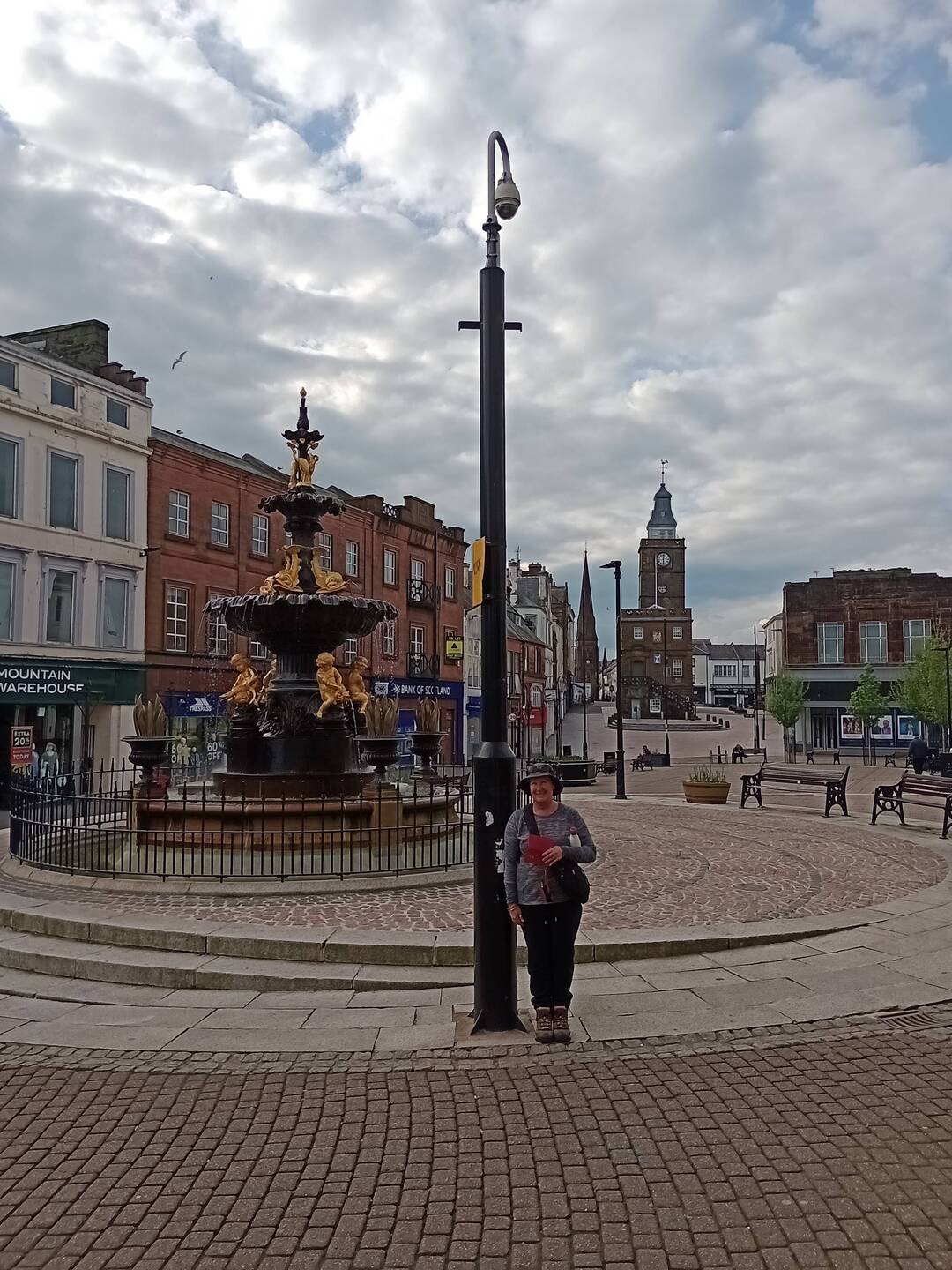
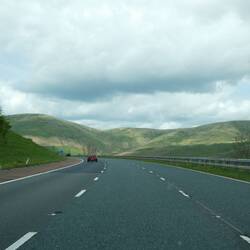
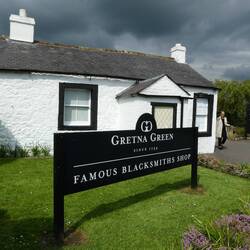
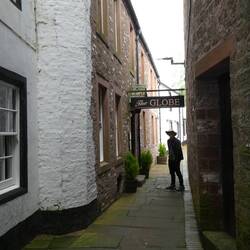
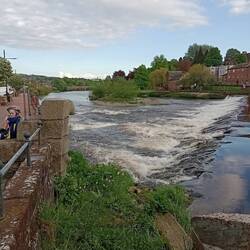




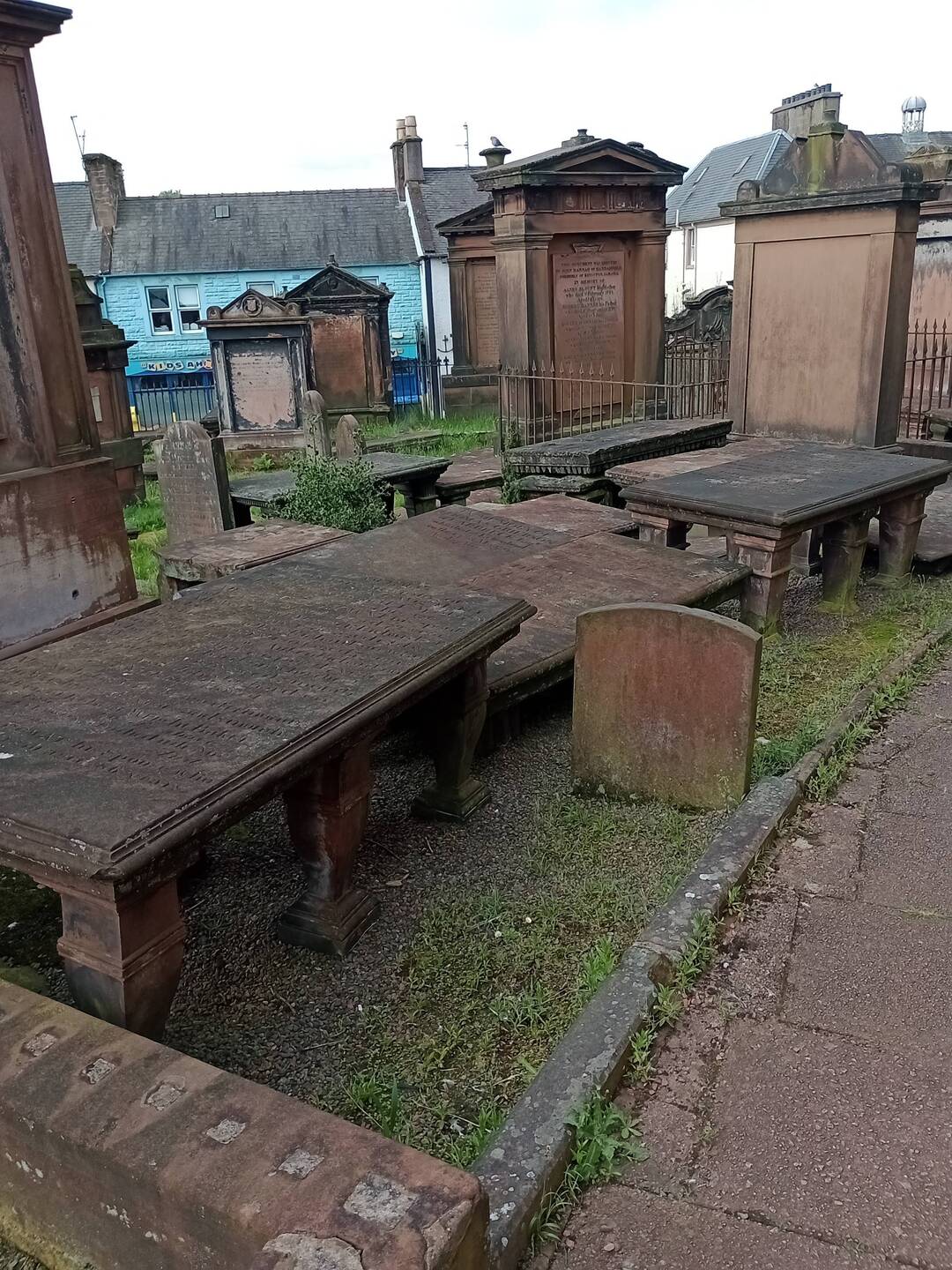

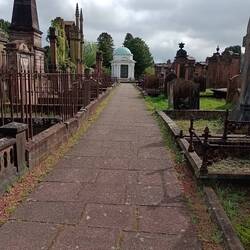
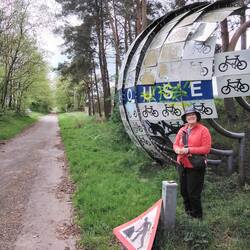
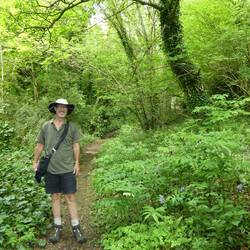






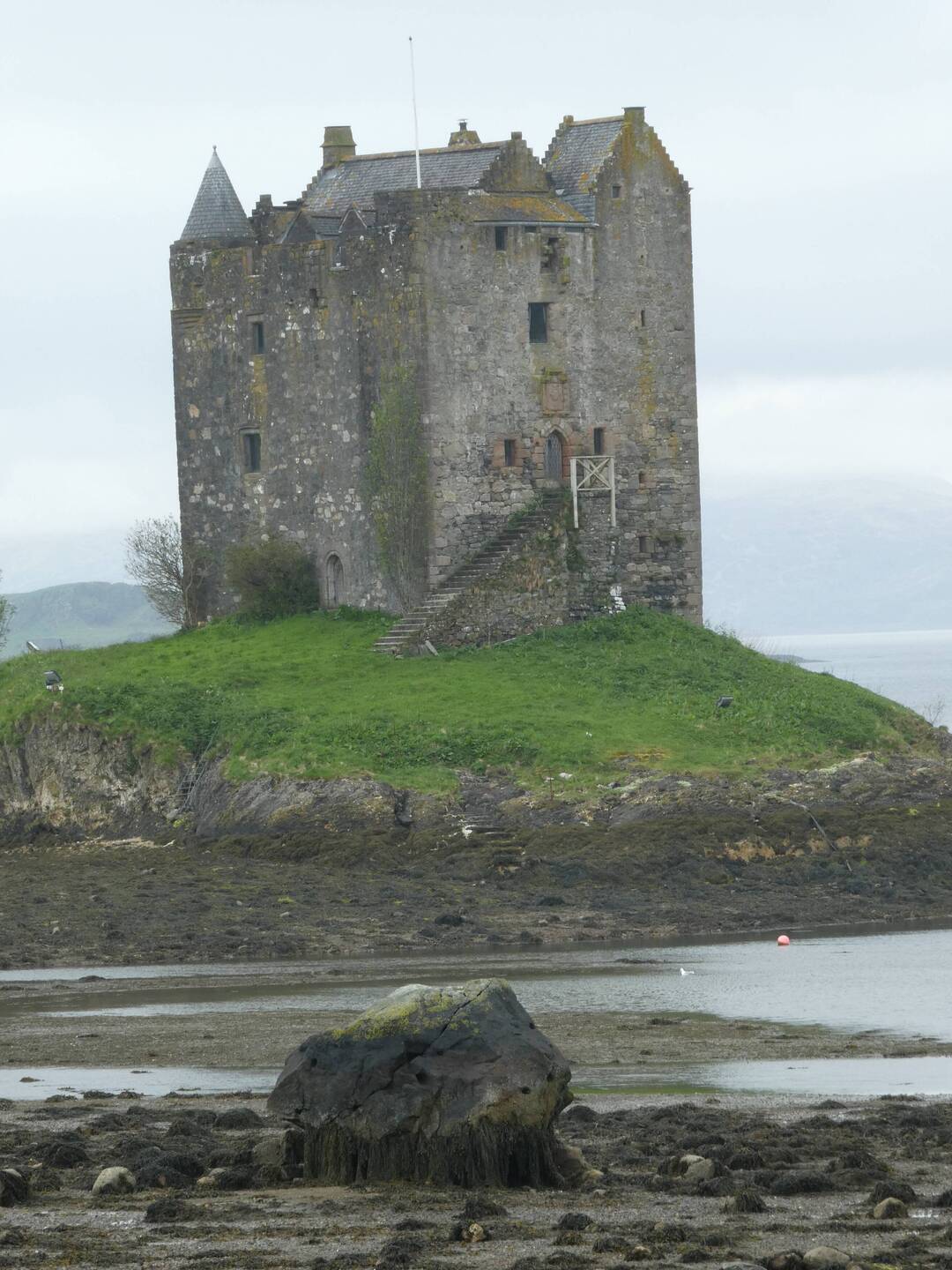
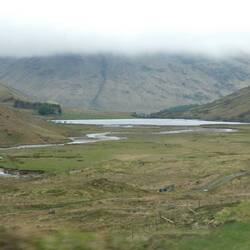
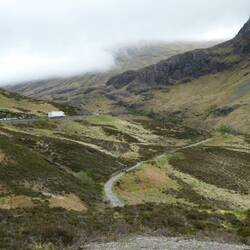
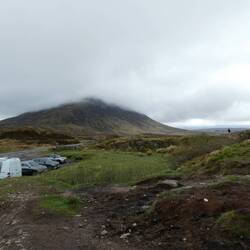

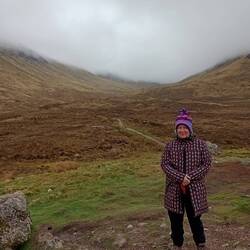



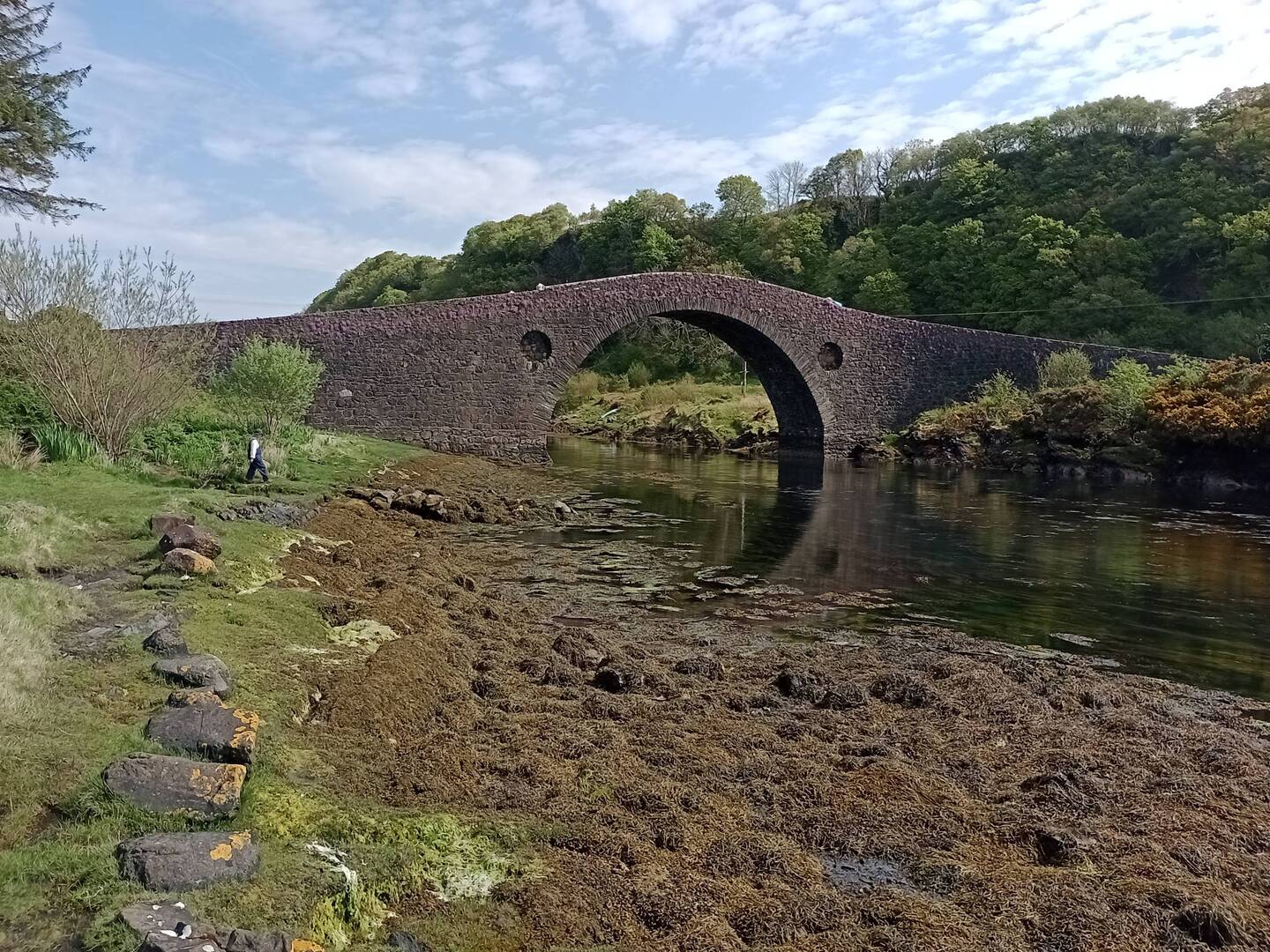
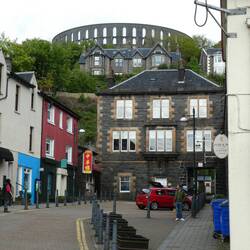
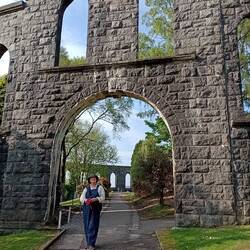
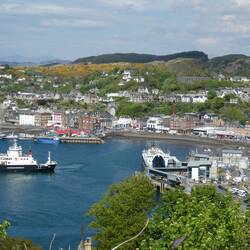







































































































































































































































Traveler👍
John Kalaitzis No dedicated cycleways? That would have been a bit hairy in the traffic?
No dedicated cycleways? That would have been a bit hairy in the traffic?